Scientifically Awesome – Topping E30 DAC Review
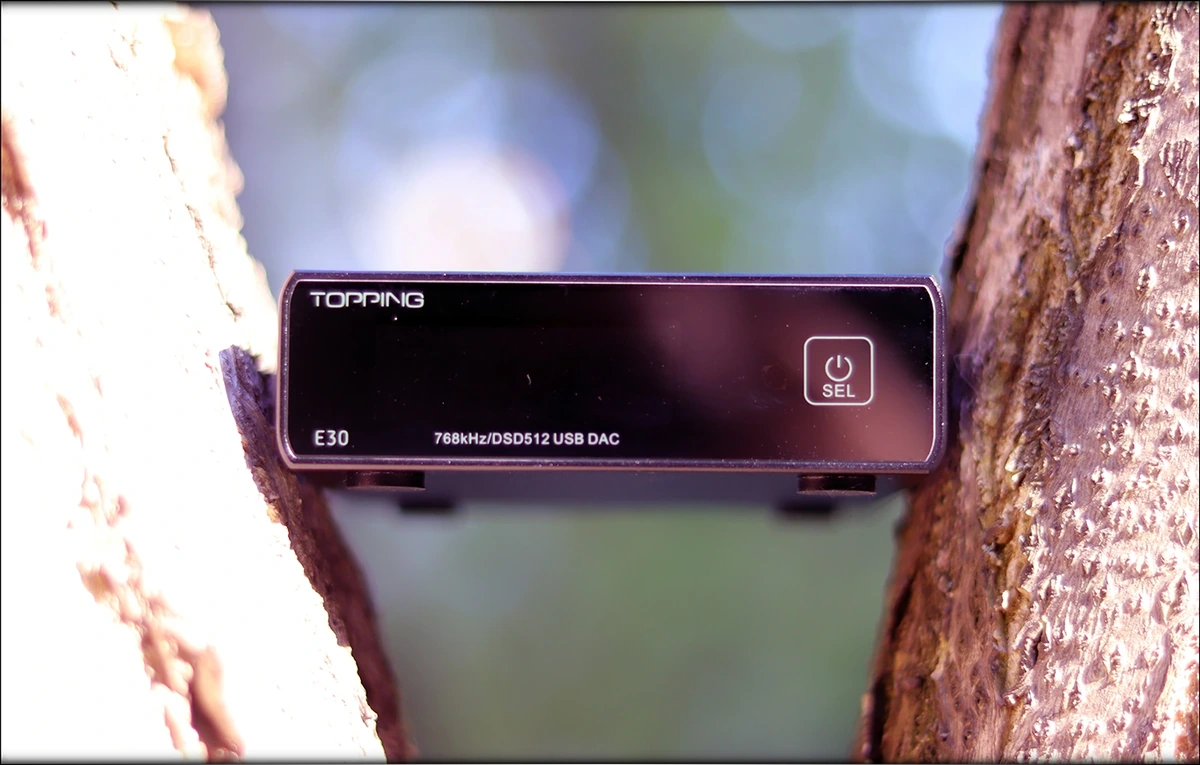
Introduction
Topping is a magical company, not new, but not quite as known as FiiO yet. This being said, they are growing quickly, and not just because I tell you so, but because they’ve made some amazing improvements lately, as we will explore in today’s review. You can always order their products from online stores like Aoshida, where you have some of the best warranty out there, and they reply to your mails within minutes, so you know you’ll have excellent support, but there are also many local sellers for Topping products, making them easy to explore and easy to get a listen to, if something from their offering catches your eye. Overall, you can rely on Topping, and they are some of the better companies for warranty out there.
It should be noted that I have absolutely no affiliation with Topping. I’d like to thank Topping for providing the sample for this review. This review reflects my personal experience with Topping E30. Every opinion expressed is mine and I stand by it, the purpose of this review is to help those interested in Topping E30 find their next music companion.
Product Link
You can always purchase Topping E30 from www.amazon.com : https://www.amazon.com/Topping-E30-Optical-Coaxial-Portable/dp/B0865Y9F6R/
Packaging
First things first, let’s get the packaging out of the way:
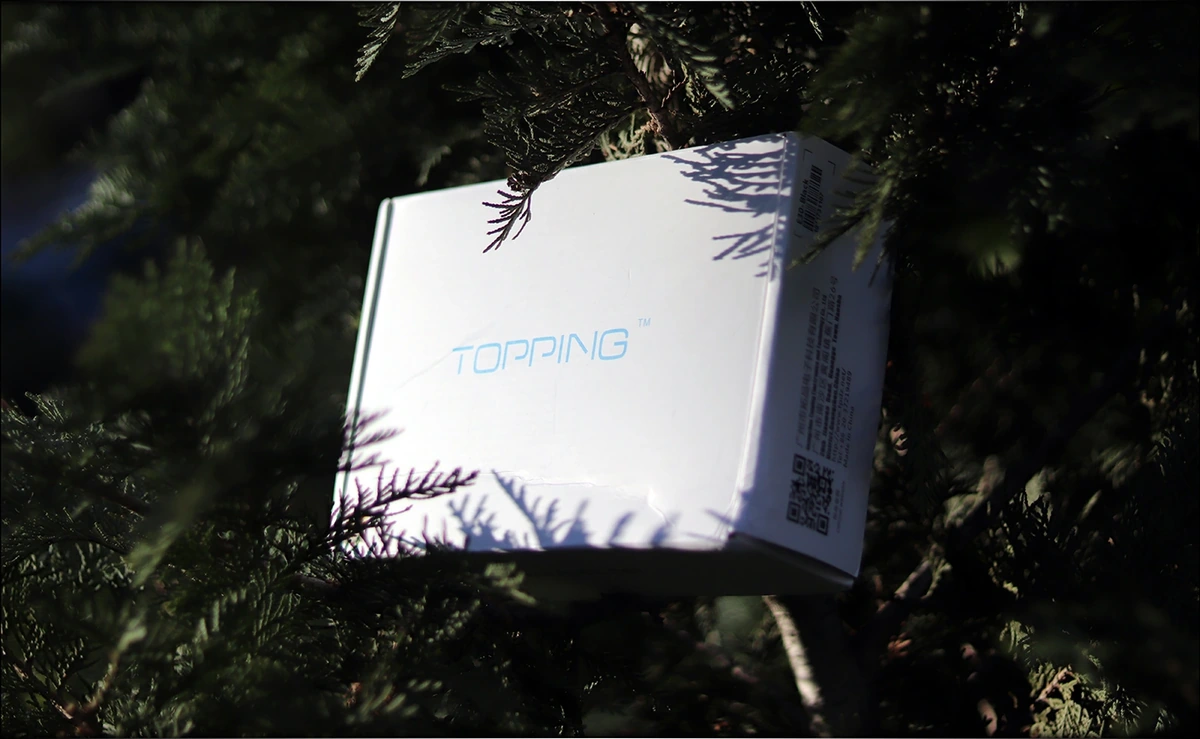
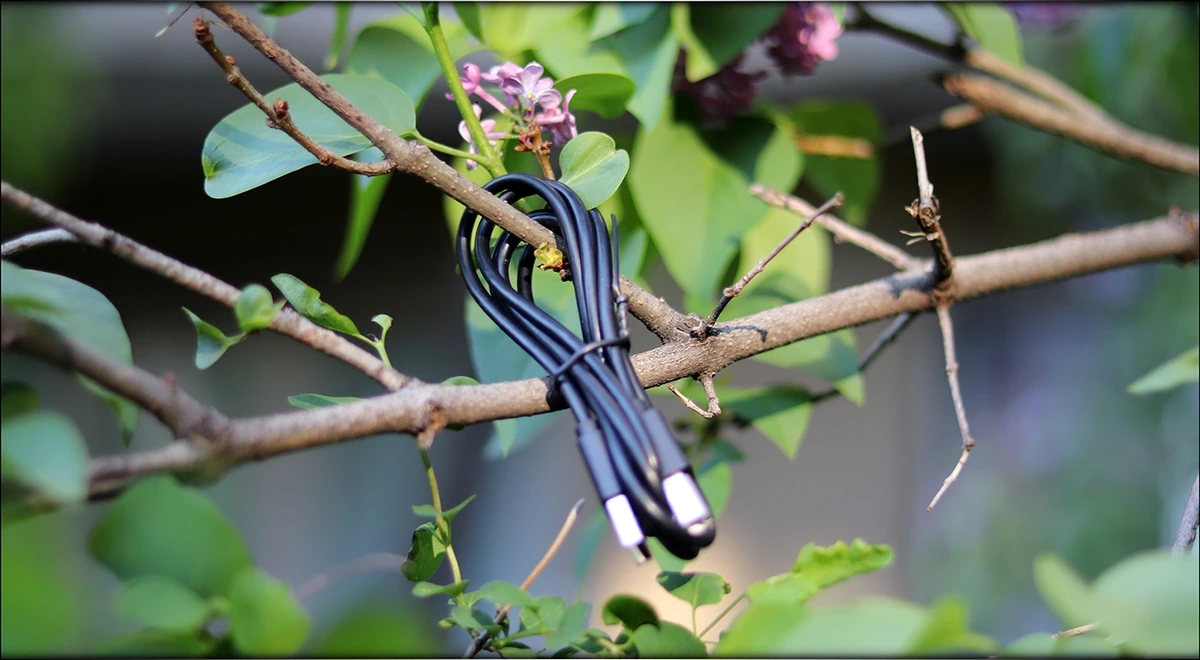
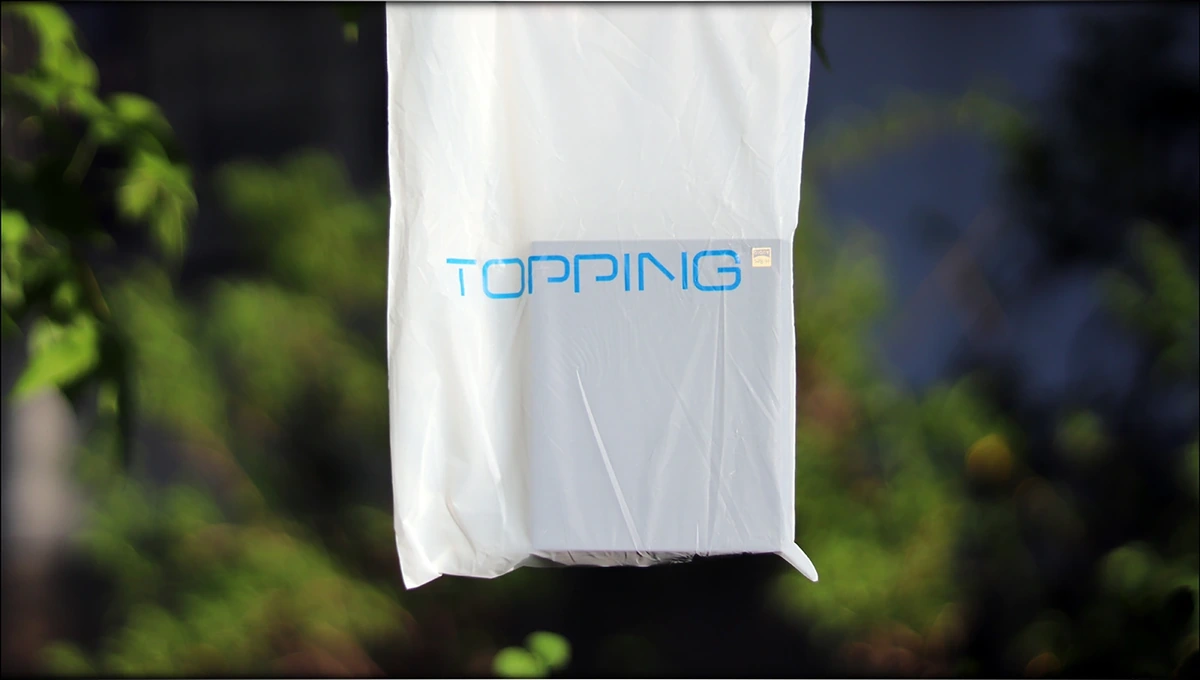
Topping E30 is priced at 130 USD globally, although when you factor in the tax and shipping, it may cost a bit more in your country. This being said, we are talking about a 130 USD product, but the package is so great, it makes it feel like 500 USD at least. Topping did not skip on anything, and managed to not only add some interesting extras, but besides the E30, which is a great tiny unit, you also get all the paperwork you could need, a power cable, a USB Cable, and even a Remote!
I don’t mean to be this excited usually, but getting a remote with a 130 USD DAC is big news, and a big deal, many people even go as far as to purchase a separate volume control because their DAC doesn’t have a remote, and there are DACs that cost over 2000 USD out there, but which don’t come with a remote, or a USB Cable, so I’m going to consider that the package for E30, for 130 USD is excellent.
The USB Cable is great, and for the quality of e30 I don’t feel you’ll feel compelled to upgrade that cable first. Investing in a good RCA cable that doesn’t have noise (which can run to be almost half the price of the E30), will yield better sonic improvements than changing the USB cable.
Technical Specifications
Specifications
Product type: DAC (digital to analogue converter)
DAC chip: AKM AK4493
S/PDIF receiver: AKM AK4118
USB interface: XMOS XU208 2nd gen
Inputs: USB, S/PDIF (optical), S/PDIF (coaxial)
Output: RCA
Dimensions: 10 x 3.2 x 12.5 cm
USB sampling rate:
PCM: 44.1kHz – 768kHz / 16bit – 32bit
Native DSD: DSD64 – DSD512
DoP DSD: DSD64 – DSD256
Optical / coaxial sampling rate: 44.1kHz – 768kHz / 16bit – 24bit
Output voltage: 2Vrms@0dBFS
THD+N: <0 .0003=”” 1khz=”” a-weighting=”” font=””>
Noise:<2uvrms a-weighting=”” font=””>
Crosstalk: -130dB @ 1kHz
SNR: >121dB @ 1kHz
Dynamic range: 119dB @ 1kHz
Channel balance: <0 .3db=”” font=””>
Build Quality/Aesthetics/Functionality
I really hope you gave my little video a go, because it will give you a great start on what feelings I had towards E30 a few weeks ago, when I first unboxed it.
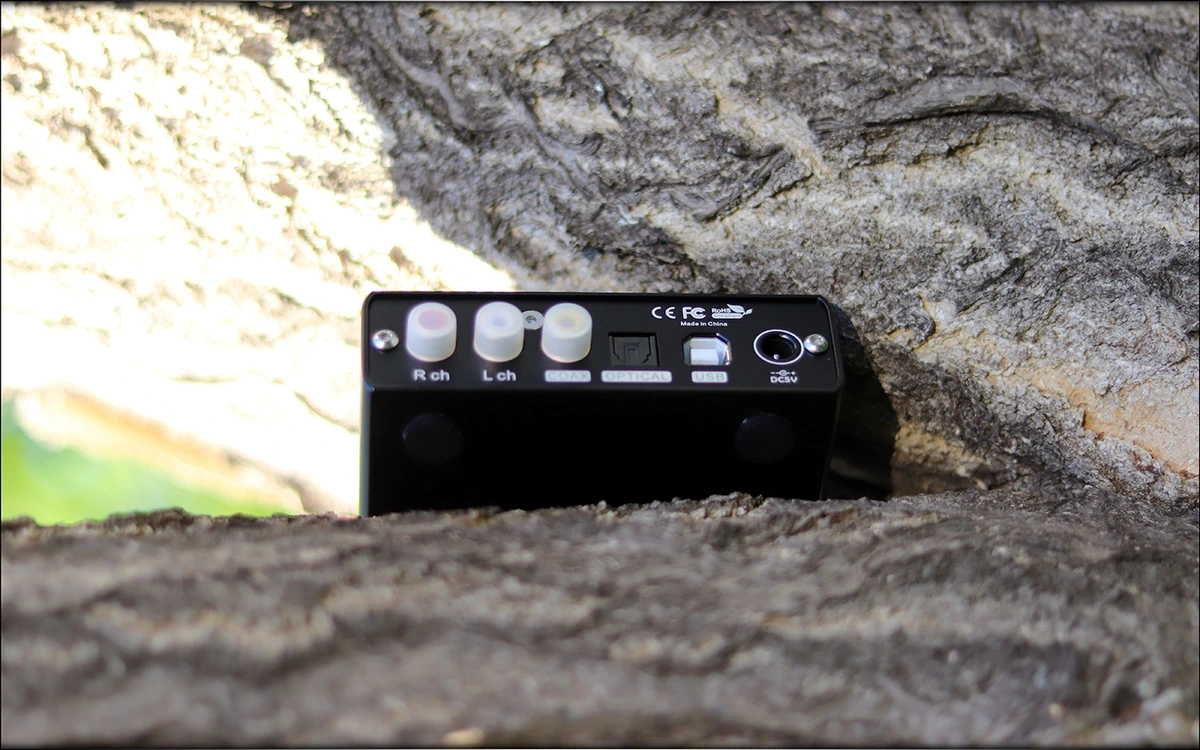
Most of those feelings remain, and it is a beautiful little device, with a great build quality, there’s a little display at the front, which has the orange color as the main font color. There’s also the Topping logo, along with the E30 name, and the high resolution data rates around the display, and there is a touch on / off button on the right side of the display.
In the back, there’s an Analogue output, in the form of two RCA cables. There’s also a SPDIF Coaxial input, an Optical input, and a USB input, which is controlled by the latest XMOS XU208 Gen 2 Controller. There’s also a power input, at the right side, since E30 needs to take power from an AC transformer, but you get a USB cable in the package. You can always use something like an iFi iPower accessory, but you could get away with something like an iFi iDefender+ or an iFi iPurifier+, depending on how clean your computer’s USB outputs are. For me, it worked alright using a free USB port from my PC, but things were better when using iFi’s iPower.
If you’re a DSD enthusiast, you will be happy to hear that E30 can decode anything, up to DSD 512 natively, and it will decode DSD256 via DoP, thanks to the excellent AK4493 DAC inside. Speaking of DACs, you’ll be amazed by the specs it has on paper, with a dynamic range of 119 dB, SNR of 121 dB, and with a crosstalk of -130 dB. Those numbers are crazy good, and they’re at the level of DACs that used to cost over 400 USD not so long ago, like the Pro Ject S2 Digital. Even compared to some high-end DACs, like the Young MK III from M2 Tech, E30 manages to score some amazing specs on paper
The cool part about E30 is that the aesthetic itself makes it look like it has a purpose there. Despite being smol, almost the size of a thicker smartphone, it looks high-end, and it has a good weight, also some rubber feet applied, so it doesn’t slide on your desk while you’re using it.
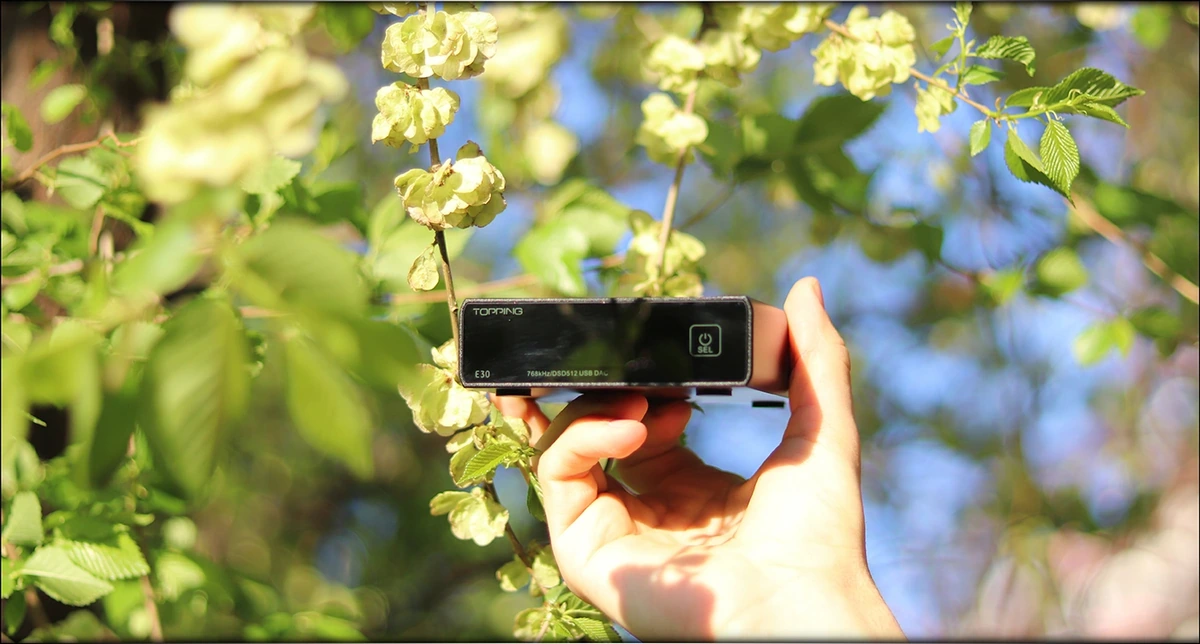
I just recently started reviewing DACs that don’t have a volume control, because most of the DACs I reviewed to date do have a volume control, and E30 has a volume control as well, so if you have a pair of active speakers, like an Audioengine A5+ Wireless, don’t worry, you can use E30 to control the volume! Furthermore, E30 comes with a full sized remote, which has controls for the display brightness, input selection, volume, the auto-standby feature, and switching between the six digital filter settings. Most competitor DACs don’t come with a remote, which makes the E30 an instant winner in my eyes, and honestly, it makes it a power horse for your multimedia enjoyment, and even as an audiophile, it feels really nifty to have it.
It doesn’t get hot during usage, and at least in black color, it fits up with my desk beautifully. Although it doesn’t have bluetooth, the price performance ratio stays high, and a bluetooth receiver like FiiO BTR5, which has pretty much the same price, doesn’t have RCA analogue outputs, and doesn’t have a remote either. This being said, BTR5 and BTR3K are meant for a very strict portable usage, while E30 is very much a tiny desktop device.
Connecting the E30 to my Windows machine was smooth as butter, and connecting it to my android smartphone too. I was able to use FiiO’s M11 to use the SPDIF Coaxial connection, as for optical, both my computer has an optical output, and I also have iFi’s SPDIF iPurifier which has an optical output feature, converting the SPDIF Coaxial output of FiiO M11 to Optical, allowing me to compare the inputs of E30, and whether it has a similar performance between them. To my surprise, it is a very consistent DAC, and it will sound awesome regardless what input you decide to use, the USB being the most practical for me, to connect it to many devices, and the optical being the favorite for those who have a Chromecast device or a TV / embedded soundcard passing through the signal.
Video Review
https://www.youtube.com/watch?v=yi86eAbi2H0
Sound Quality
I want to start by saying that the digital filters sound really close to each other, and although you won’t notice much of a difference between them, you shouldn’t be disappointed, this means that all of them sound awesome, and regardless which one you chose, you should have a great time. I actually would be curious to read your impressions too, so please comment if you played with them, and which you thought sounds best.
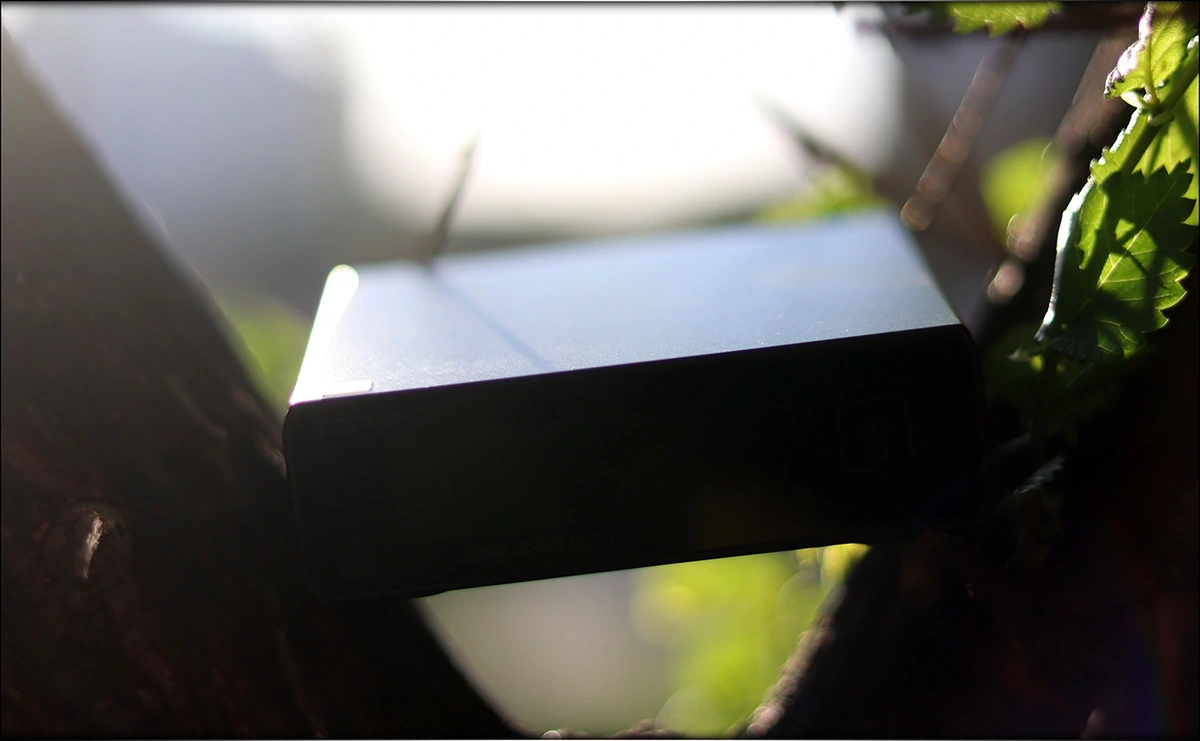
I tried using E30 with both entry-level AMPs, like an JDS Labs Atom, or the Periodic Audio Nickel (Through a 2RCA to a 3.5mm cable), and even something like iFi’s xCan. I also tested whether E30 does a good job by pairing it with Wells Milo, and Audio-GD Master 19, and those powered headphones like HIFIMAN Arya, HIFIMAN Sundara, Kennerton Thror, Sennheiser HD660S, and Clear Tune Monitors Da Vinci X, which at this moment is the most revealing earphone I own.
All of those tests, which took me quite a few days to be honest, have shown me that E30 is one of the more clean, clear DACs out there, with a vivid presentation, colorful overall presentation, and with a slightly organic sound. I don’t think it was any burn-in being done, but I lined E30 against something really neutral, like the Young MK III, and against something quite organic, like the Mytek Brooklyn DAC+, and E30 is actually a bit organic, and has quite a musical and fun sound, although it has the treble presentation very sparkly, and the bass pretty quick.
The bass is clean, deep, but also natural to slightly quick in speed. It is the type of bass that you forget exists when analysing a DAC, and if you’ve been listening to a ton of EDM, you know that both depth, and speed are important for conveying a convincing image, and well, E30 nails both of those pretty well. In fact, it is so clean, that I sometimes forget that it exists in the chain, and that feeling has been going for me for the entire review, it is the type of DAC that disappears from the listening chain, and the closest thing I have around that does a similar effect in the less-expensive options is the TR-Amp which also impressed me by disappearing from the listening chain, and letting music shine before the device.
The same happens in the midrange, E30 doesn’t really have a character to speak about, except for a slightly organic and musical midrange. It is very neutral, so if you’re looking for something that’s more rich, or warm, E30 will not be for you. Instead, E30 will be for your, if you’re looking for a wide-sounding, precise and neutral DAC, that has excellent depth and width for 130 USD, and which could be able to stand there and play some music, taking a step back when it comes to presenting itself.
The treble is not quite as spicy as that of the Young MK III, but for 130 USD, it is really airy, and with a lot of sparkle. Indeed, this was an issue in the past, because many DACs in the very entry-level price range used to fake detail and an organic sound by smoothing out the treble without adding detail or anything, but rather, by not having treble. This is where E30 comes in handy, because instead of trying to do something it can’t it actually can present a natural midrange, and have a nice extended treble, so rock, punk and more aggressive music sounds really good, but when it is playing jazz, it doesn’t feel too forward in the treble either.
The dynamics are also great, especially for the price paid, and although there are DACs out there that can do a more vibrant, more punchy performance, like the Aune S6 PRO, it also costs considerably more, making E30 a really easy choice if you’re on a budget. Even Topping has high-end offerings, which I will be reviewing in the near future.
Desktop Usage
Despite the fact that E30 has the ability to be powered from a USB source, like a power bank, I don’t feel it is practical to use it as a portable DAC. It is clearly a desktop device that would look beautiful on your desk, and would compliment your entire setup, regardless whether you have a large amplifier, like an Audio-GD Master 19, or something tall and mystique like Wells Milo.
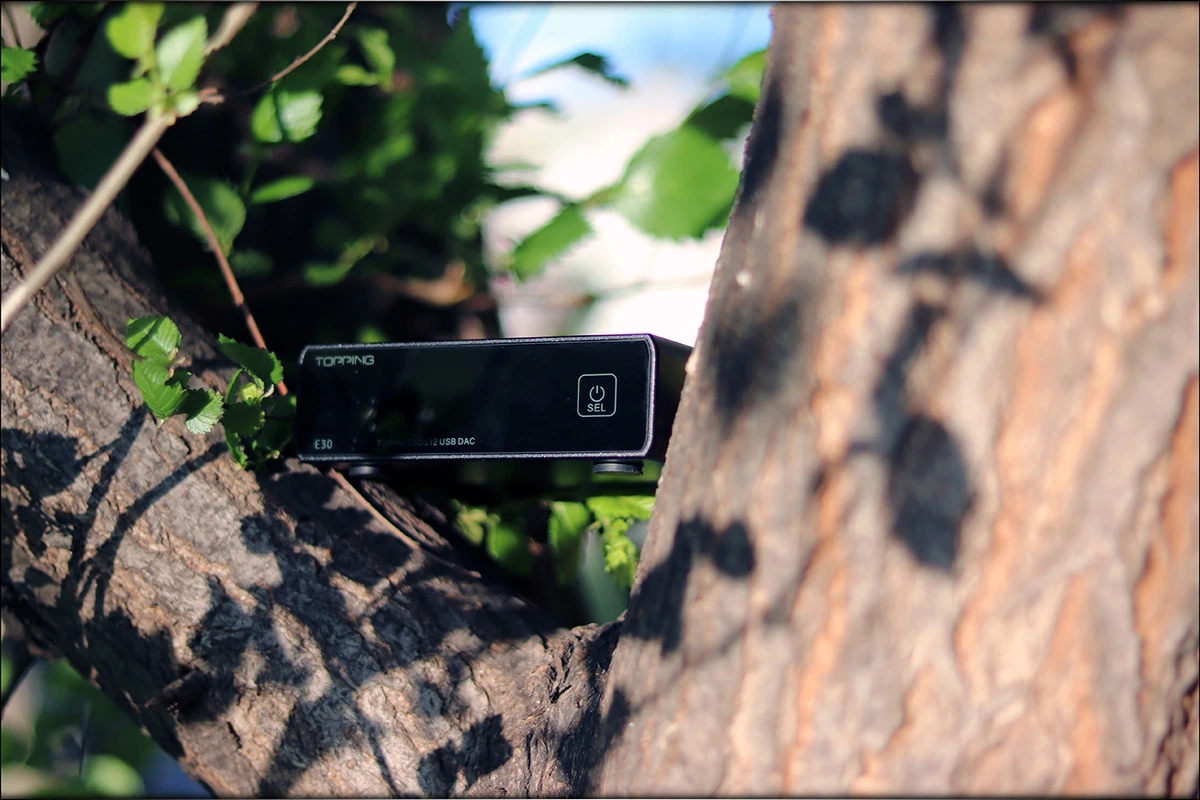
There’s something magical about E30 and the way you have enough inputs and outputs to make it work with pretty much anything, regardless whether you needed a DAC for your Chromecast, or if you needed a DAC for an active speaker system, or for a pair of monitors.
Furthermore, even if you have multiple devices connected to the same pair of speakers, and even if your speakers are floorstanders, like Taga Harmony 806f, you can still implement E30, and have both your gaming station, pick-up, music players, and everything you desire connected to E30. It doesn’t have bluetooth, but I feel that you probably didn’t want to use Bluetooth, because even with LDAC, it is not quite where DSD512 is, which is the highest decoding rate of E30.
Joking aside, there are solutions for Bluetooth as well out there, like FiiO BTR5 and BTR3K, and even Topping has some DACs that have Bluetooth features, if you don’t mind investing a bit in the extra feature, but for now Topping designed what I consider a really pocket-friendly priced DAC where they implemented only what was needed, so they could keep the price as low as they could. A very adventurous option is connecting the E30 to a Bluetooth Box E from Pro-Ject, or a Triangle AIO Connect, both of which are bluetooth receivers with an optical output, adding that extra bit of functionality to your DAC and system.
If you want to get the cleanest sound out of E30, you should power the USB / Power input from a power bank, or a proper power, like the iFi iPower, but a USB port will do just fine, if you have an iFi iPurifier+ around. Speaking of which, you can always rely on iFi stuff, like the the iFi AC iPurifier if you need a cleaner power for your audio enjoyment.
Comparisons
I was actually considering actually comparing E30 with Chord Mojo or ifi xDSD when those two are being used as DACs, but they are far more expensive, a few times more expensive than E30, so in the end I decided to compare E30 to something closer to its price point, so I went with Burson Play (200 USD), Pro-Ject Pre Box S2 Digital (400 USD), and Cyrus Soundkey (100 USD). The S2 digital is pretty higher in price, but it has a performance that is somewhat similar, although there are merits to it, and I wanted to explain a little why you may want to invest in it, or help you decide if something like E30 will do just well for you. I am already working on the written review of Earmen TR-Amp, but after it I may have a chance to review the Donald DAC, which, being closer in price to E30, will get compared to it at that point.
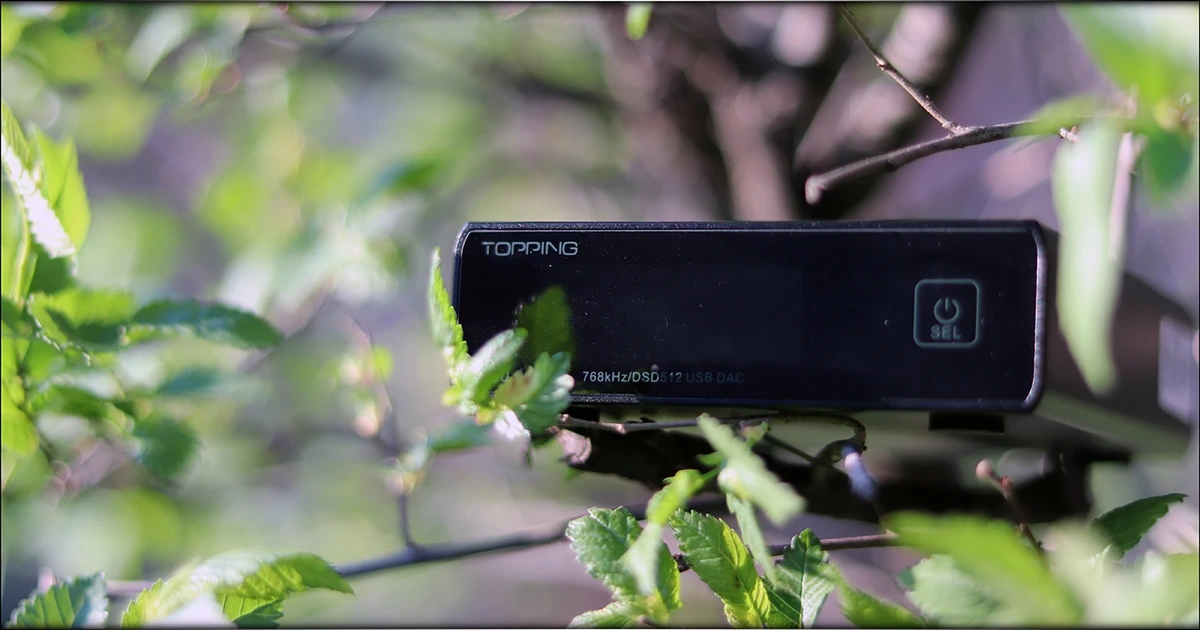
Topping E30 vs Burson Play (130 USD vs 200 USD) – I’m starting with a very proper opponent, the Burson Play, which I loved and enjoyed to bits. Even better than their future PlayMate, somehow Burson managed to make a better DAC/AMP in the Play, at least for me and my typical usage. Somehow, the Play had more punch, more dynamics and more color, although the PlayMate has really good driving power too. It is just a touch too smooth and relaxed compared to the Play which was more neutral. The main difference between the E30 and Burson Play is that Play has a Headphone output, and a TON of driving power, so it will make little puppies out of Kennerton Thror, despite being so affordable. The DAC performance alone, though, is more transparent on E30, where it is a bit brighter, and a bit more digital with a bit of glare on the Play. Both are great, and both have a good number of inputs and outputs, but E30 is smaller, looks more trendy, and since it is a desktop device you will always see, I recommend going for it, if you like a cool-looking setup.
Topping E30 vs Pro-Ject Pre Box S2 Digital (130 USD vs 400 USD) – Pre Box S2 Digital is much much more expensive than E30, but if you’re going to use both as DACs, which one will you end up using depends on what features you need, and which features you don’t really need. S2 Digital has a headphone output, but which doesn’t have a lot of driving power, so it is best for IEMs and Earphones, maybe some easy-to-drive headphones like the MAS X5h I just reviewed, but S2 is not made for heavy lifting, so even moderately hard to drive headphones like HIFIMAN Deva, or the 1More Triple Driver Headphones, will be either a bit quiet or underdriven. For IEMs, though, S2 is just perfect. You’re not just paying for the headphone driving abilities, you’re also paying for something extra, the ability to fully unfold and decode MQA. That is a relatively new feature and it costs quite a lot, so it is okay if you want to invest in it, but if you don’t plan on using it, the actual sonic performance is similar between S2 and E30. The largest difference is that E30 is more neutral, where S2 has slightly more body, is more natural, has more dynamics and a bit more punch. For the price difference, though, you start learning that especially with DACs, increasing the price doesn’t increase the sonic performance as much as it does with headphones, IEMs, or even Amplifiers.
Topping E30 vs Cyrus Soundkey (130 USD vs 100 USD) – The Soundkey is a good example of a little USB Dongle DAC/AMP, and I included because you may be wondering what the difference is between E30 and any USB DAC/AMP, like Audirect Beam, iBasso DC01, and NextDrive Spectra X. The largest difference by far, is that none of those doesn’t have a line out, in analogue shape. All of them have a headphone output, but that has amplification done already, they aren’t quite as clean as the output of E30 if you’re connecting an amplifier later in the chain. For example, the Soundkey is more digital, has more treble, and the music has a bit less substance, compared to E30 which feels more transparent, more neutral, and more detailed.
Pairing
In terms of pairings, you have a large selection of devices, and E30, being a really versatile, transparent DAC would pair really well with pretty much anything you could think of, but I tried taking advantage of the situation and going with three very different setups, to show and highlight how versatile the little E30 is. The main setups are Topping E30, driving Wells Milo, Driving an Ultrasone Signature DXP, Topping E30, driving JDS Labs Atom, Driving HIFIMAN Sundara, and Topping E30 driving Periodic Audio Nickel, Driving FiiO FH7. This should cover all grounds, and don’t worry, you could always implement E30 in a system that is centered around a Chifi IEM, or a Planar Magnetic Headphone like Audeze LCD-MX4, or Rosson RAD-0, the key there will always be the AMP and whether it can drive the headphones or not, as E30 will always, and I mean always have a good performance for the setup, even if sometimes, you could invest a bit more in the DAC, as I will explain bellow.
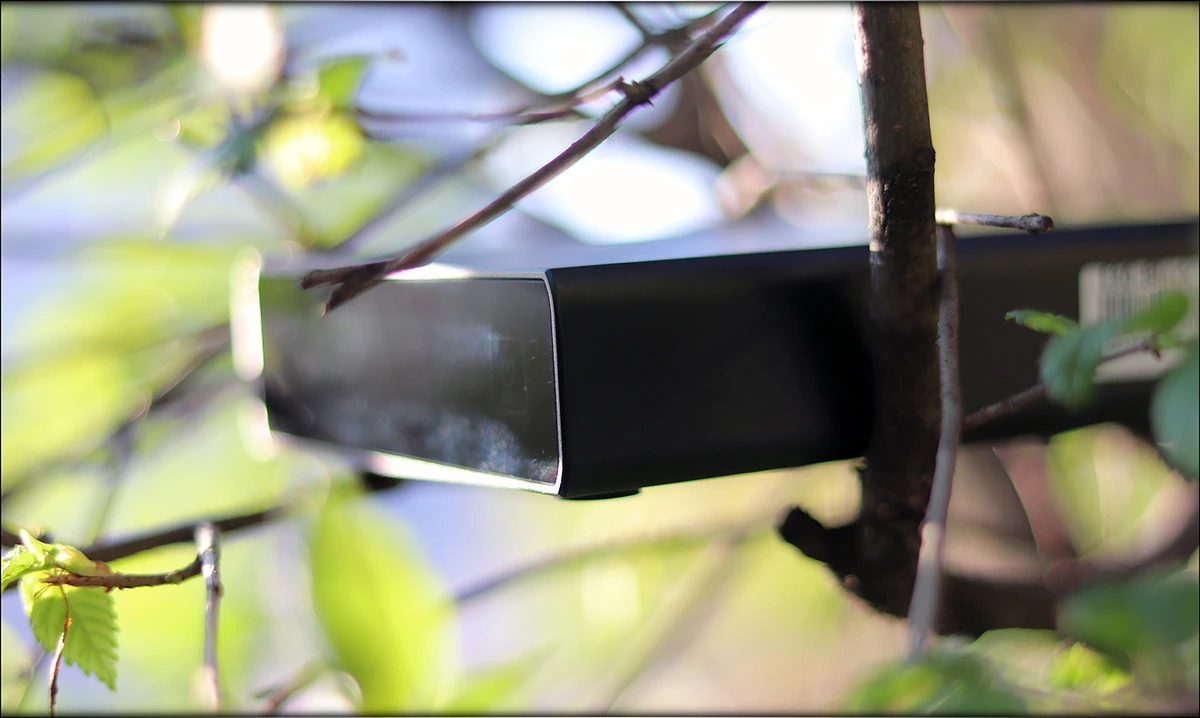
Topping E30 (130 USD) + Wells Milo (1600 USD) + Ultrasone Signature DXP (500 USD) – Wells Milo is natural, quite detailed, and very refined, where DXP has a good punch, a wide stage, and presents music with a lot of life and color, and also an uplifted bass, so both make a great combo for metal, rock, pop, and pretty much anything, if you don’t want a very sparkly treble or something that’s exceptionally bright or dark, as this combo is already pretty natural. E30 being the DAC behind them makes the setup quite detailed, and gives it a good soundstage width, but also depth, and E30 has enough dynamics to make the entire sound really nicely balanced and crisp.
Topping E30 (130 USD) + JDS Labs Atom (100 USD) + HIFIMAN Sundara (350 USD) – JDS Labs Atom is much much less expensive than Milo, but still a great little amplifier that’s pretty honest, and which is capable of driving Sundara (also Deva) well, as it has a natural sound with a good amount of body and impact. The driving power is also crazy high, and with it you most probably won’t need any purifiers or power conditioners, because the power brick of the Atom weighs in about 1KG anyways. Sundara gets a pretty natural, wide yet sparkly performance from the E30 + Atom combo, there’s a good amount of air between instruments, and the stage is pretty wide. The dynamics and details are also really good, and while this combo isn’t exactly a DX229 driving the Sundara as I’m used to, while I’m at the desktop, I can get used to it, it has an enjoyable sound, especially for pop, hip-hop and commercial music in general.
Topping E30 (130 USD) + Periodic Audio Nickel (300 USD) + FiiO FH7 (400 USD) – I’m actually enjoying this one pairing way more than I should, and it is all thanks to the way the Nickel makes FH7 more liquid, and how E30 gives them a good stage, and a good amount of dynamics and clarity. Everything is right where it should be, and FH7 actually has a great performance from this pairing, similar to how they sound out of a good FiiO DAP, like M11. M11PRO actually drives them quite a bit better, but it is also far more expensive than this little setup I have going here.
Value and Conclusion
The value of E30 is the best part about it, the affordability factor and how easy it is to control even a high-end system, from a small and pocket-friendly DAC. Not only that, but it can be the center of a larger system, having multiple inputs, so if you have a sonic system in your room, but sometimes want to party, yet sometimes want to watch TV, watch a football match, or play some games on your console, you can have your E30 do all the conversion, and rely on it, since you have a remote, and you’ll never have to get up and change anything manually.
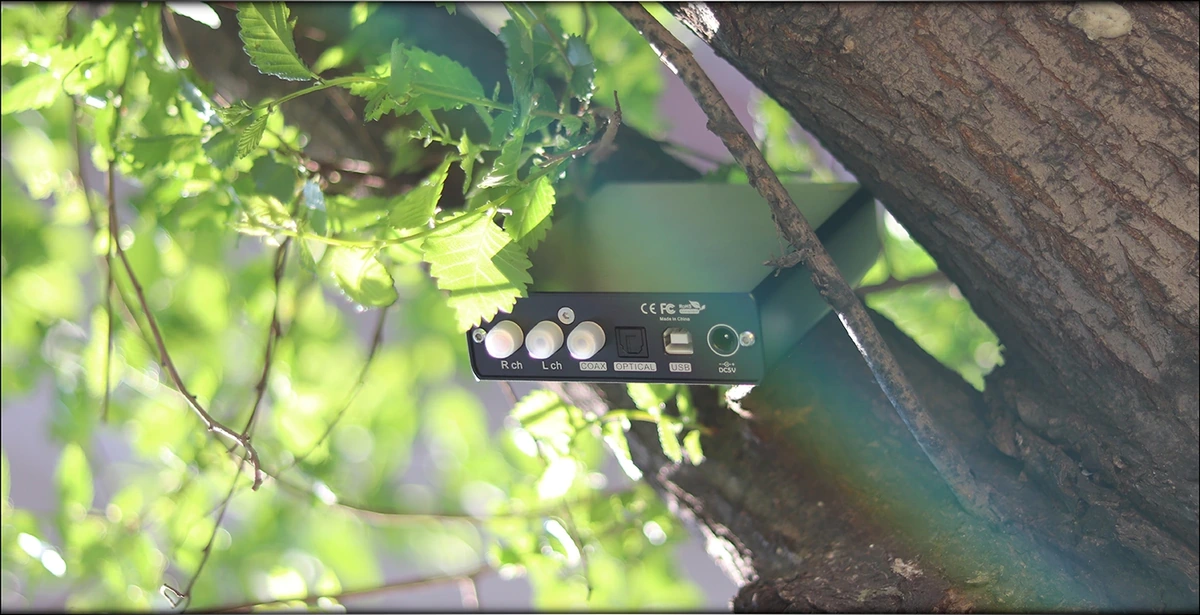
The bright display, paired with the nice design will also help E30 blend with your current living room, and you won’t be pressed to explain what that little black box is, everyone will know what it does, and everyone will love it.
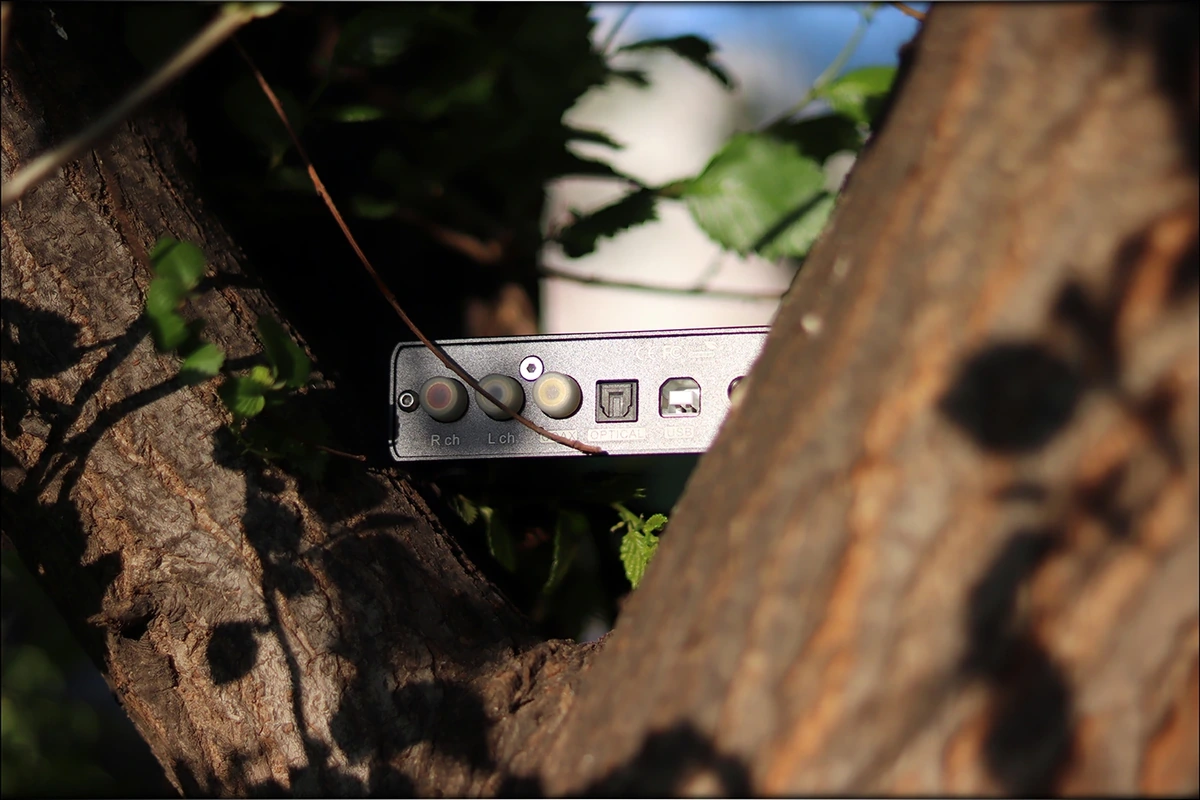
Even if you didn’t know you wanted it, a fully transparent DAC will help you get the best of your system, by erasing its own presence. This is exactly what E30 is doing, it simply doesn’t want to be there when it is playing, it wants you to listen to your music, and forget you just got a DAC, so E30 doesn’t have much of a word, but if it has, it is a slightly organic, well extended, wide, airy DAC with natural to slightly quick speed.
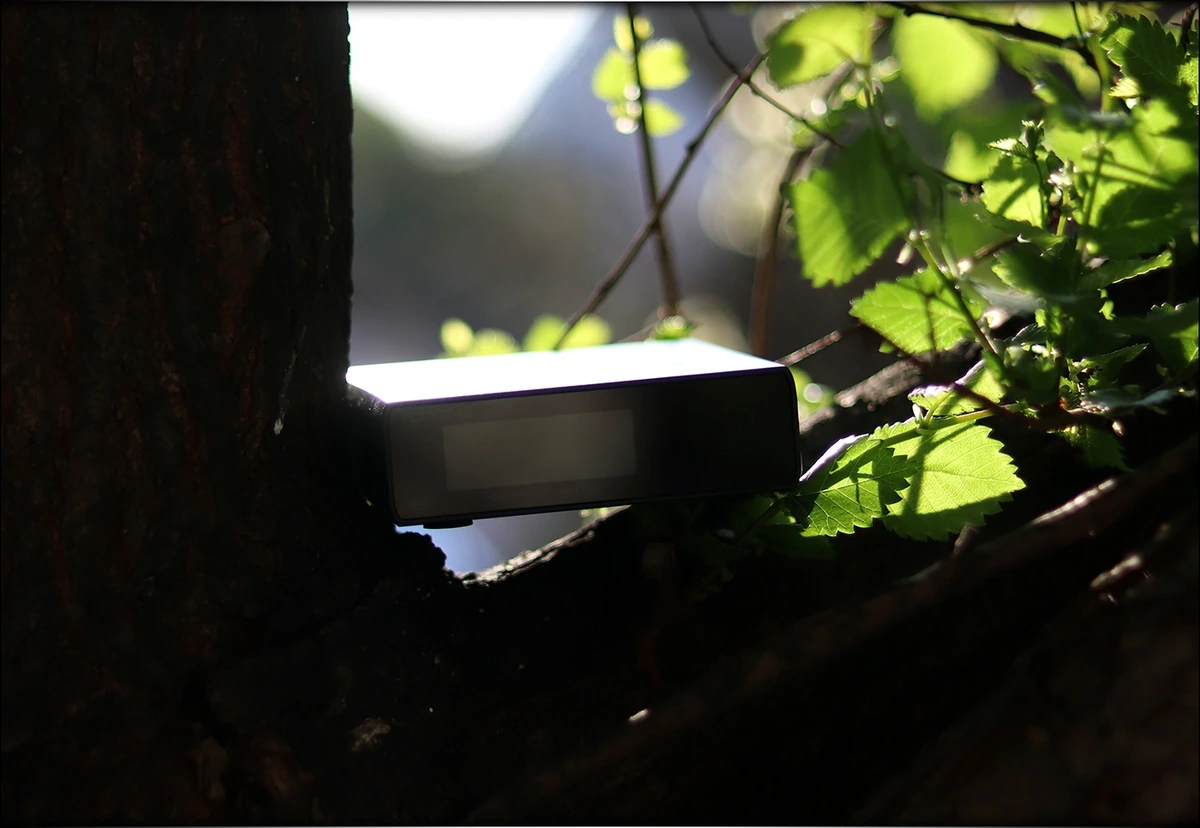
At the end of this review, if you’re looking for a very affordable, but high-quality DAC, to pair with virtually anything you have around, priced at just 130 USD, but transparent as you never imagined, with a vivid presentation, and good dynamics, you should totally check out E30 from Topping and Aoshida, and don’t forget, best things come in small and simple packages!
Product Link
You can always purchase Topping E30 from www.amazon.com : https://www.amazon.com/Topping-E30-Optical-Coaxial-Portable/dp/B0865Y9F6R/
--- Please remember to stay safe, and always have fun while listening to music!---
- If you have a dime to spare, please donate, and help us! It would make the day brighter for me and my wife-
Full Playlist used for this review
We listened to more songs than those named in this playlist, but those are excellent for identifying a sonic signature. I recommend trying most of the songs from this playlist, especially if you’re searching for new music! The playlists are different for Spotify, Tidal and Youtube, and based on the songs I enjoy and are available on each!
https://www.youtube.com/playlist?list=PL_cjBXGmwSHSdGcwuc_bKbBDGHL4QvYBu
https://open.spotify.com/playlist/5J3oloz8Riy9LxEGenOjQ0?si=979ba4f082414be7
https://tidal.com/browse/playlist/330fd544-8e5b-4839-bd35-676b2edbb3d5
--- Contact Us ---






[…] to other entry-level DACs, including SMSL C200 (219 USD), JDS Labs Atom DAC+ (100 USD), and Topping E30 (130 […]
Keep up the nice work.
Top site ,.. amazaing post ! Just keep the work on!
[…] DACs I review in the price range tend to have a headphone output as well. DAC+ will be compared to Topping E30 (130 USD), FiiO K3 (110 USD), and Soundavo HP-1 DAC (160 […]
Super awesome review, George! Also great photos, say congrats to Haru
Super nice review!
Very good review! Thanks a lot for sharing it!
Love the photo work and the review! Just ordered one following your Amazon link 🙂
Thank you for another fantastic review!
Loving mine. I agree it ain’t perfect, but it is good enough for me to keep and not search for something better right now.
Oh, awesome review on the E30! I saw your review on L30 on Youtube, but I think I will be skpping that one for now.
Such awesome content you’re making George!!
Thanks a lot for your review on E30, can’t wait to read about more topping products you’ll be taking on 🙂
Thanks a lot for the review and insight. I understand that the sound changed with the latest versions and after updating them, so I decided to keep looking for something , I wanted something like you described the E30 to be in the review…
Nice take, and thanks for the awesome playlist at the end!!
i just replaced a 6 year old $450 ESS Sabre DAC with the $129 Topping E30. The E30 is pretty impressive after a few days – good timbre, good resolution, transparent, neutral with wide, deep, and tall soundstage. It is not perfect but in good recordings like female and male vocals it can mesmerize by presenting a clear voice with projected facial expressions of the singer as words are vocalized, ie. you can visualize the lips expression of the singer – Karen Zousa,Ingrid Marie Gundersen, Diana Krall, Leonard Cohen to name a few. Instruments like nylon string guitars will sound different than a steel string guitar; again, depending on the quality of the recording. I wish the top end had more body and can sound a little wispy in some jazz recordings but Patrick O Hearn's Patience my Friend has a full bodied recorded cymbals. Of course the usual human nature is to pay $129 and expect the sonic performance of a $700 DAC like its bigger brother D90 or the Chord Qutest…have not heard the D90 but I can only imagine the sonic areas that are improved by use of more, bigger, better everything. For $129,one gets a glimpse of higher-fi than 4-6 years ago. But the overall sonic experience is improved considerably with clean power, better cables, amps, speakers. E30 ==>> GOOD STUFF, GREAT VALUE !
(Modest set-up: Marantz amp, BW 805 Matrix bi-amped, Mirage Subwoof, Analysis Plus Oval 9s, Audioquest Rocket 11s, Silver interconnects, optical, COAX RCAs, Versa Wood Blocks passive power conditioning ==> E30).
Really happy it has been going so well for you!!